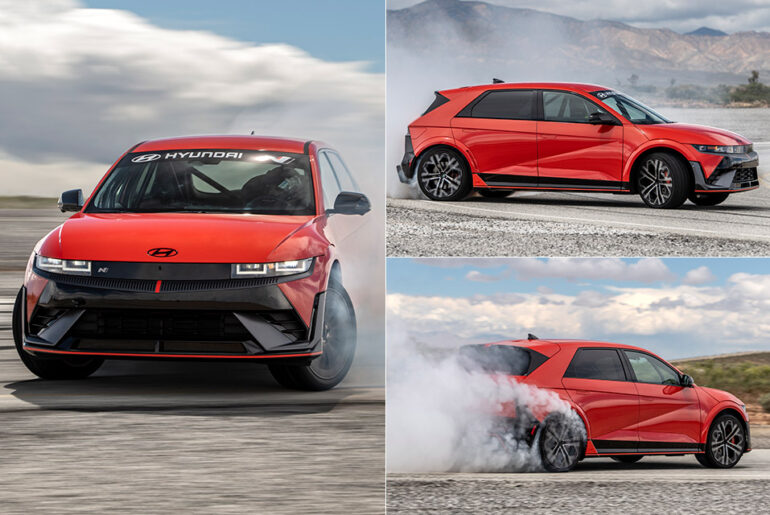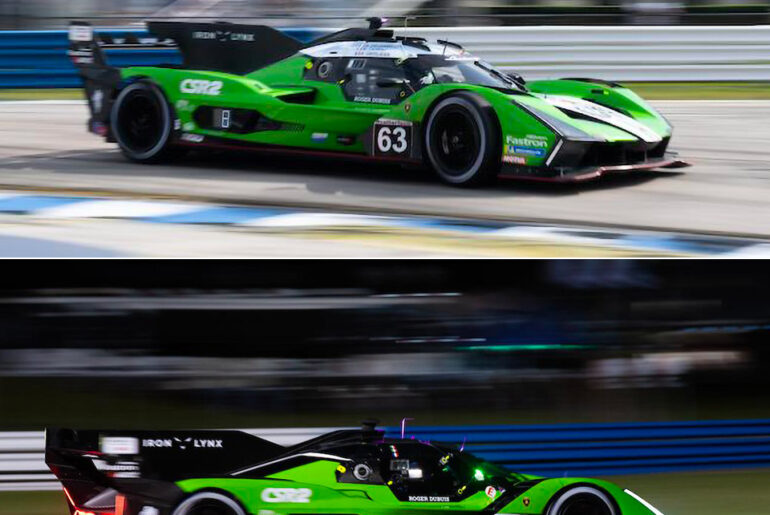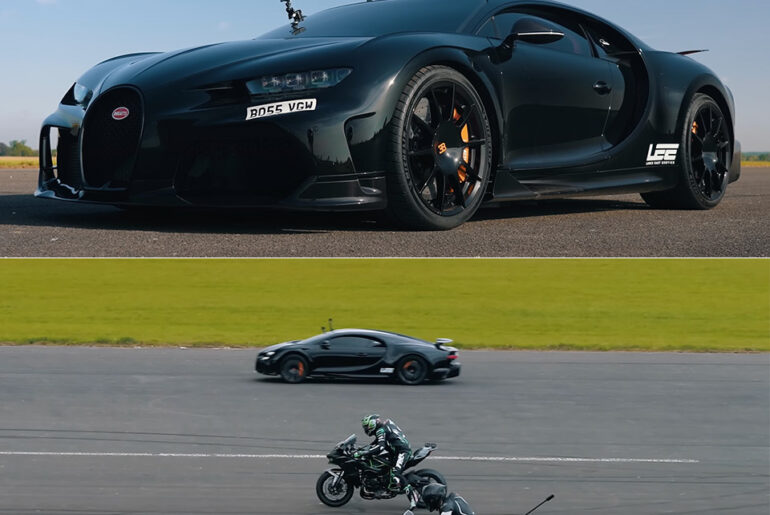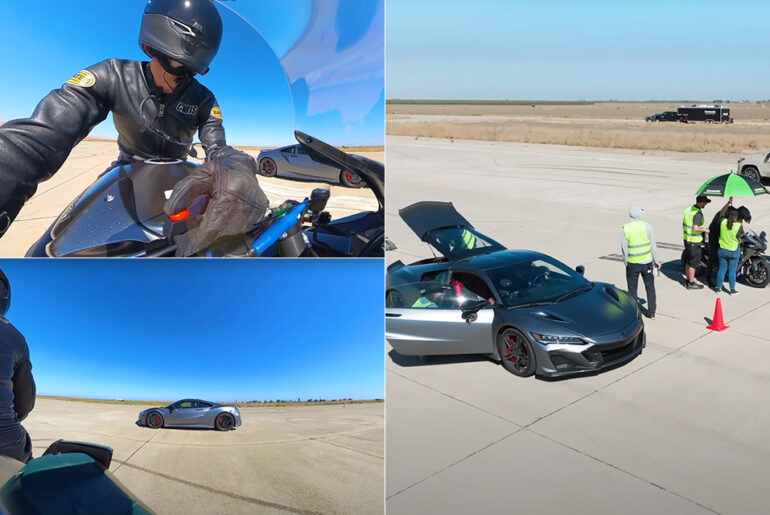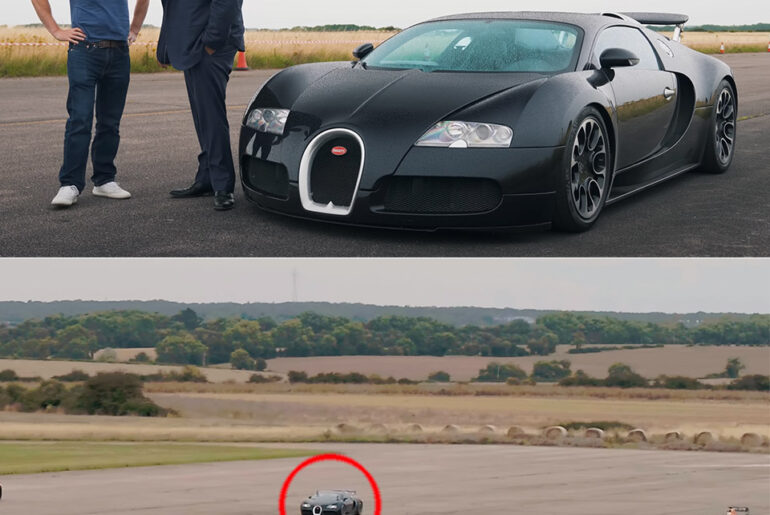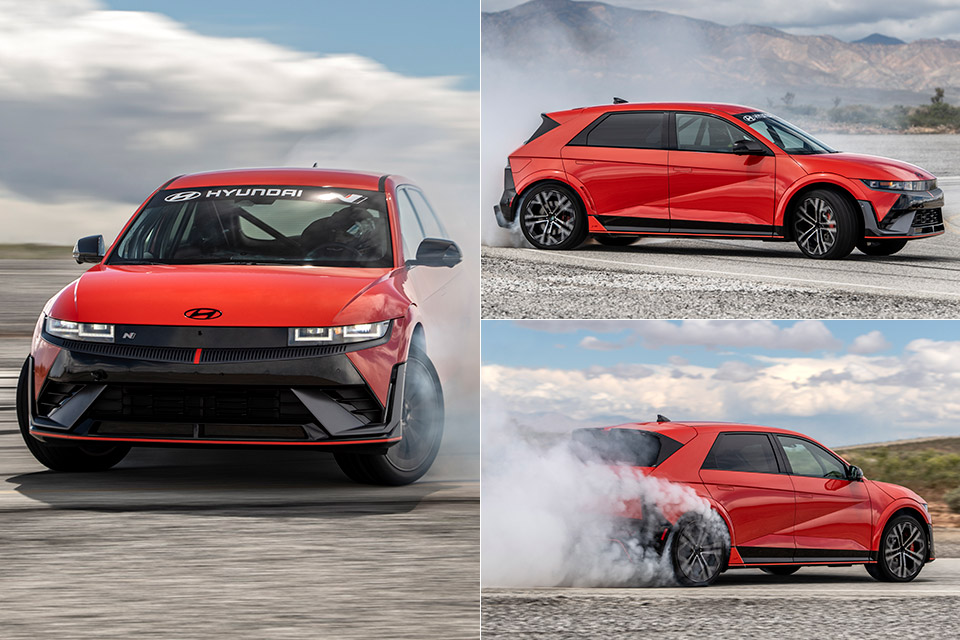
Two Hyundai IONIQ 5 N vehicles are set to compete at the 102nd running of the Pikes Peak International Hill Climb (PPIHC) on June 23, 2024. They will participate in the Electric Production SUV/Crossover category as part of a four-car effort.
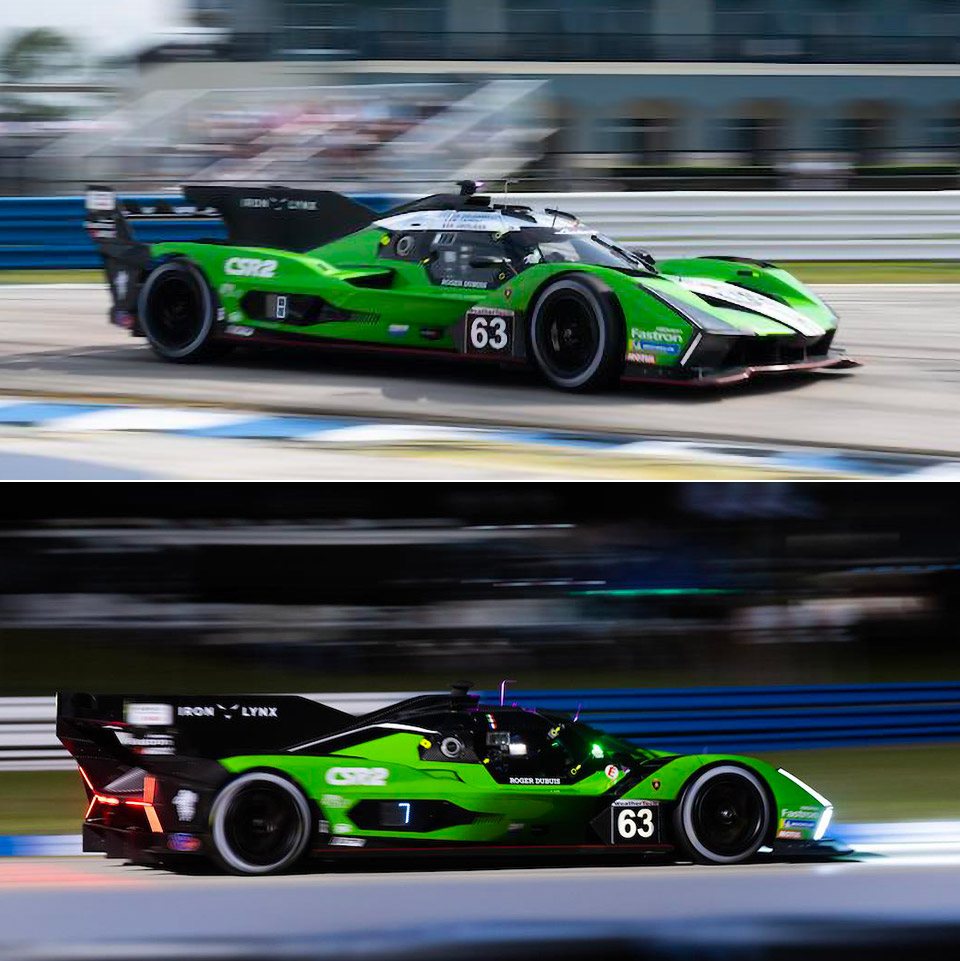
First unveiled last summer, the Lamborhgini SC63 LMDh race car recently made its debut at the 12 Hours of Sebring, the second round of the IMSA WeatherTech SportsCar Championship and first competitive outing for the hybrid machine in the United States.

Is a Bugatti Chiron Super Sport 300+ faster than a Kawasaki H2R and Ducati Panigale SP2? The hypercar is powered by a quad-turbocharged 8.0L W16 engine generating 1,578 hp and 1,180 lb-ft, but keep in mind that it weighs a hefty 4,398 pounds.
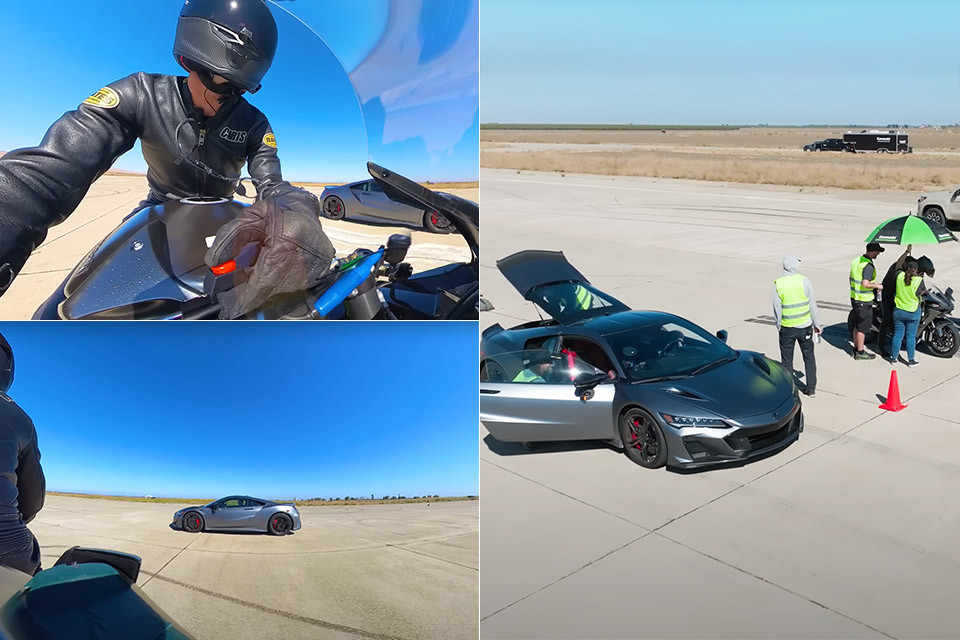
When you think of a Kawasaki Ninja H2 R, the last thing that comes to mind would probably be drag racing an Acura NSX Type S, that is unless…you’re Edmunds. Why? Well, first off the NSX weighs in at a hefty 3,913-pounds, or at least compared to the 476-pound motorcycle.

You’d think a 1,543-pound Red Bull RB8 F1 car powered by a naturally aspirated 2.3L V8 engine making 789 hp would be the fastest vehicle in a straight line drag race, but the Bugatti Veyron and Porsche 918 Spyder want to put it to the test.

